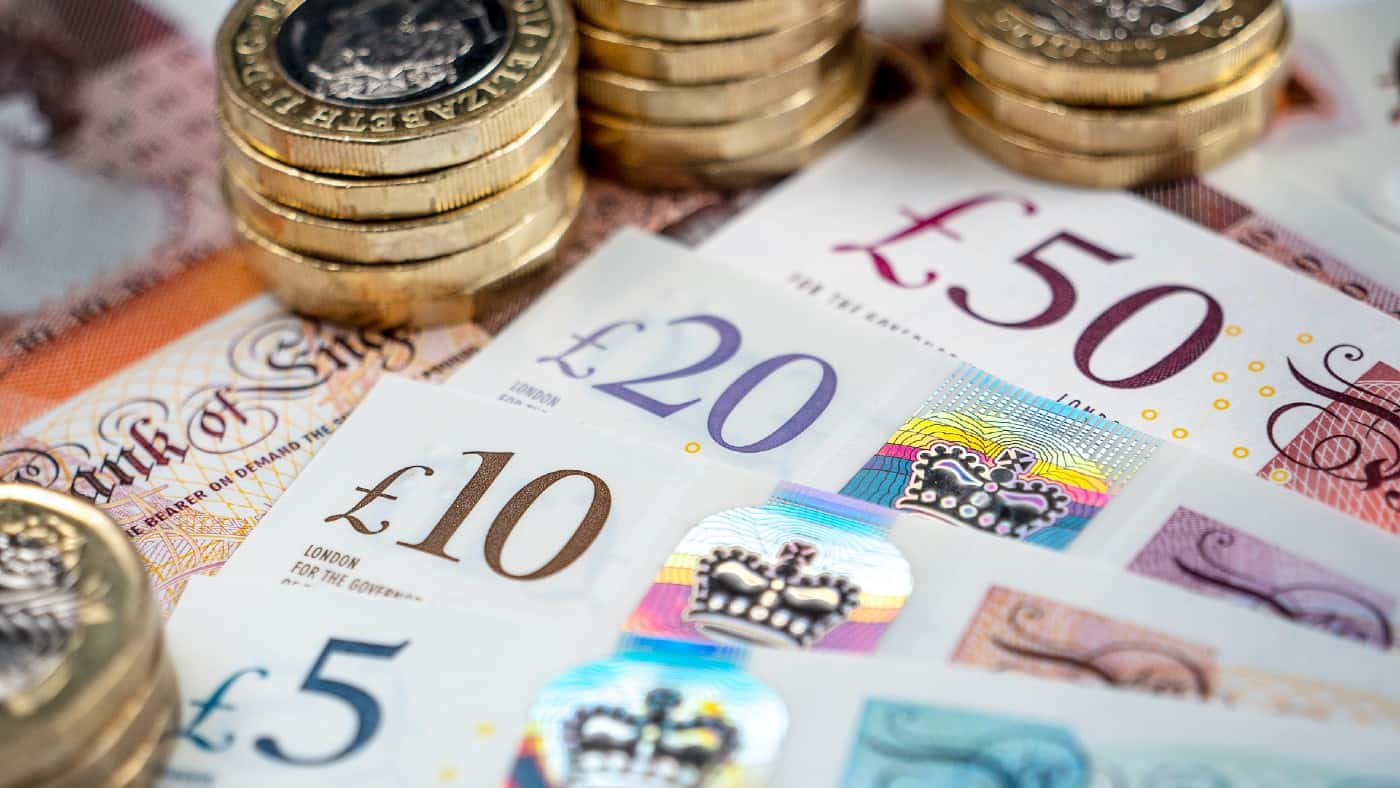Image source: Getty Images
The FTSE 250 consists of mid-cap companies just below those in the FTSE 100, as ranked by market capitalisation. These medium-sized businesses tend to be more domestically focused than their blue-chip counterparts.
As a group though, FTSE 250 stocks have struggled in recent times, rising just 3.75% in five years (not including dividends). This poor performance largely reflects the challenges faced by the UK economy, including Brexit, Covid, high inflation, and a cost-of-living crisis. The UK’s economic productivity also remains notoriously weak.
However, inflation finally seems to be under control and interest rates are set to fall. This should boost consumer confidence. Meanwhile, the new government is promising to drive economic growth.
Given these factors, there are reasons to be more optimistic about the FTSE 250 over the next five years.
Year-to-date return
Perhaps it’s not surprising then to see that the mid-cap index has risen 5.4% so far this year. This means that I’d now have £21,080 if I’d put £20,000 into the FTSE 250 at the start of the year.
I might have done this through the iShares FTSE 250 UCITS ETF, which is a tracker fund that aims to mimic the performance of the index.
On top of this, I’d have had some dividends, taking my total return to around 7.7% (or £21,540).
A different approach
I currently don’t have any index trackers in my portfolio. And given the performance of the FTSE 250, I’m sure glad I haven’t owned this one in recent years.
Instead, I pick individual stocks, including some from the FTSE 250. This active approach adds risk because I’m trying to beat the market with a hand-picked portfolio, and this might not work every year.
Food-on-the-go leader
One of my largest FTSE 250 holdings is Greggs (LSE: GRG). Shares of the bakery chain are up 10.8% this year, even after falling 7.8% since the start of October.
Add in the dividends too and this is a better return than the wider index.
This actually follows a longer-term trend, as Greggs stock is up around 375% in the past decade. That absolutely crushes the meagre 37% rise from the FTSE 250 over the same period!
So, what has Greggs been getting so right? Well, the company has moved far beyond its roots on the UK’s high streets, with shops popping up in railway stations, airports, petrol stations, and now major supermarkets. Revenue, earnings, and dividends have all motored higher.
This relentless expansion has taken the store count to 2,599, up from 1,650 a decade ago. The company plans to have more than 3,000 locations in the next few years.
Greggs’ food is great value but doesn’t taste cheap, in my opinion. This has helped it wrestle the title of the UK’s leading breakfast destination from McDonald’s — a notable achievement given the US fast food giant is around 55 times larger in terms of market capitalisation.
One potential risk on the horizon is the rise of weight-loss drugs like Wegovy. These are known to supress cravings for the sort of sweet treats Greggs is famous for. So that’s worth keeping an eye on.
The stock is currently trading at 21 times earnings. That’s slightly below it’s long-term average, suggesting it isn’t overvalued. I’m considering buying more shares this month.
Credit: Source link














